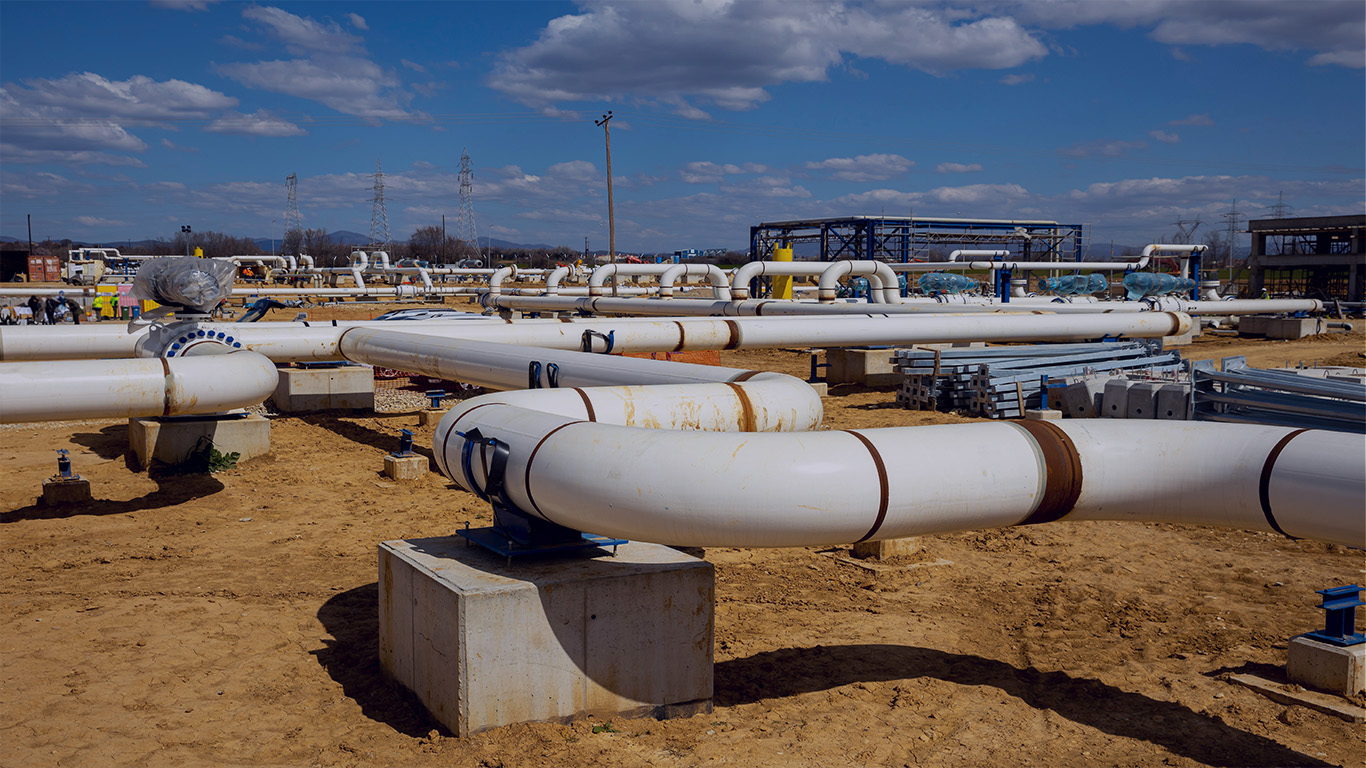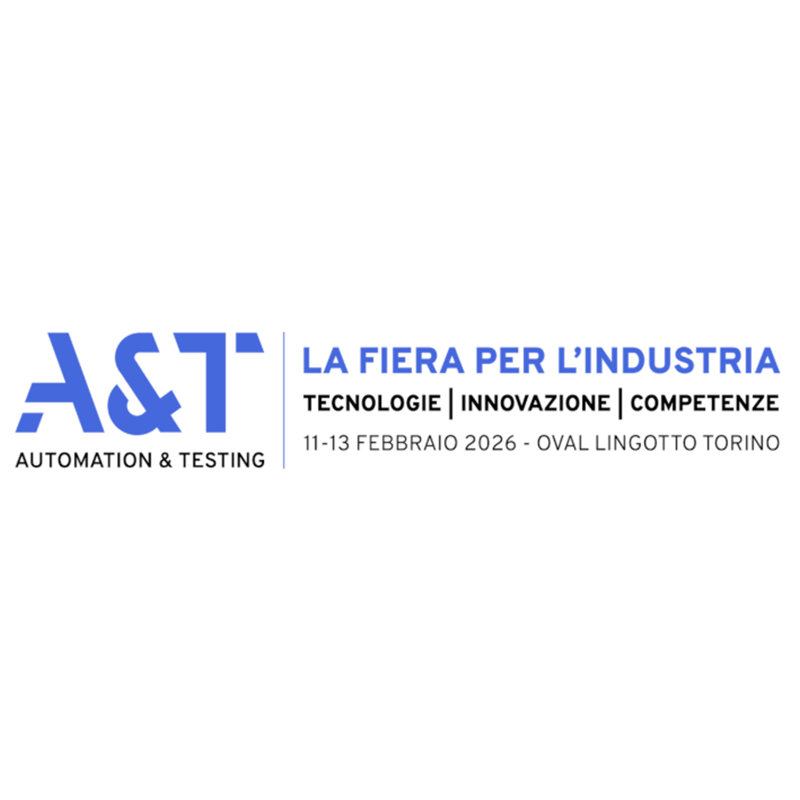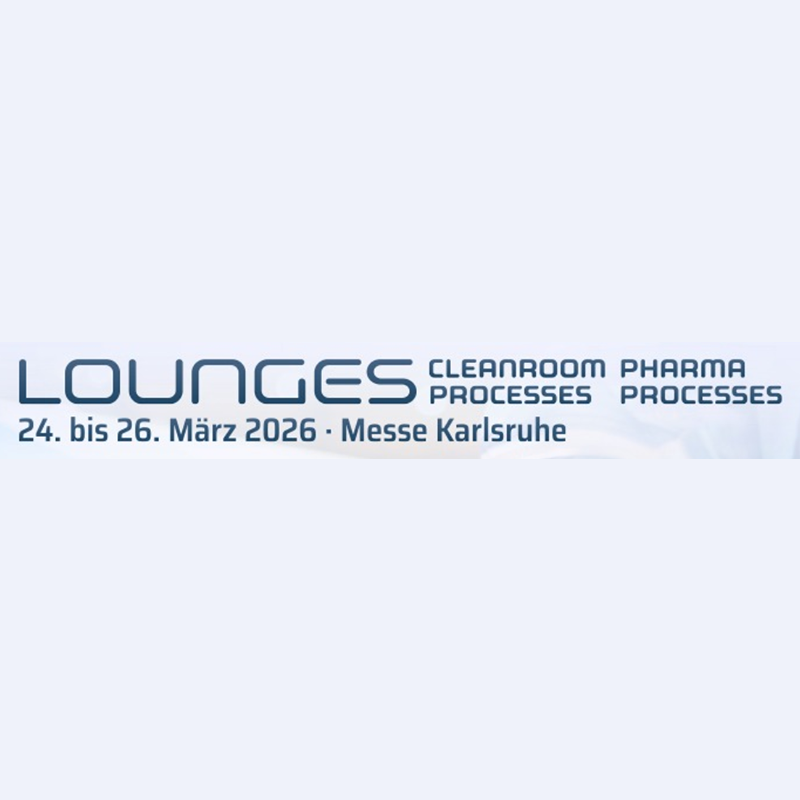Key features
- Fundamental cooled-/chilled-mirror dew-point measurement principle
- High-definition color LC display
- Visual identification of both water and hydrocarbon dew point
- Automatic mirror cooling rate control according to ISO 6327 and ASTM D1142 test methods for natural-gas dew-point measurements
- Self-contained, rechargeable battery powered
- Exd certified IECEx ATEX UKCA Zone 1 IIB+H2 T3
- 100 barg operating pressure rating
- Greater than 60˚C measurement depression range (up to 100 barg pressure)
- Better than +/-0.5˚C accuracy of mirror surface measurement
Overview
Resources
Datasheets
Order Codes
Brochures
Manuals
Certificates 10 items ]
Hazardous Area
Pattern Approval (Metrological)
Declarations
Accreditation & Compliance 9 items ]
Suitable Applications
- Natural Gas Processing
- Transmission Pipeline Checking
- Sour Natural Gas
- Validation of online analyzers
Learn More About Selected Applications
-
1) What is the hydrocarbon dew point of a natural gas?
The hydrocarbon dew point (HCdp) is the temperature the hydrocarbon constituents of a gas start to condensate into liquid phase. Like water dew point, this is a pressure-dependent measurement.
-
2) Why is it important to measure hydrocarbon dew point in natural gas?
Measuring hydrocarbon dew point helps prevent damage to gas pipelines from liquid hydrocarbons or methane hydrates that can condense at low temperatures.
-
3) What are the common applications of hydrocarbon dew-point analyzers?
Hydrocarbon dew-point anaylzers are used in natural gas processing and transmission to ensure compliance with custody transfer agreements and avoid disputes.
-
4) In addition to the hydrocarbon dew point, can the water dew point be measured using a Condumax II?
Yes, the Condumax II can be fitted with a ceramic metal-oxide sensor to also measure the water dew-point. The water dew-point sensor is supplied with its own Calibration Certificate, providing direct traceability to both UK (NPL) and US (NIST) Humidity Standards.
-
5) Can you measure water dew point with a CDP301?
An integral high-definition camera allows the capture of timestamped still and video imaging of the mirror surface. Via a highly intuitive interface, the user observes the formation of condensation on the cooled-mirror surface. During each measurement cycle, the instrument provides a clear image of the mirror surface which, in combination with optimized optical illumination techniques, enables the operator to distinguish between water and HC precipitation to perform both dew-point measurements.
-
6) In the Condumax II, how often should the HCdp sensor cell be changed?
The sensor cell should be changed every two years, primarily for preventative maintenance as the cooling capacity of the thermo-electric heat pump may reduce over the operational lifetime. The cell assembly also incorporates other parts that are critical to measurement operations (optical surface, light source, photodetector, temperature sensor), so it should be changed/refurbished regularly. The two-year recommendation is the operational time of the sensor cell so it can be stocked prior to use.
-
7) Are these analyzers compatible with my gas sample and application?
If you’re unsure about the suitability of your application, please contact us and you will be put in touch with your local sales representative or distributor.





















